Internet Exchange Points
The abbreviation IX for Internet Exchange is often used, but the abbreviation IXP for Internet Exchange Point is also common. In the USA, the term NAP (Network Access Point) is more common. A distinction is also made between public peering points and private peering. The IXPs listed below belong exclusively to the Public Peering Points.
IXP’s serve as interfaces between computer networks (LANs, MANs and WANs). The Internet forms the overall network of networks known as autonomous systems. The system according to which the networks are interconnected to form an overall network is governed by the Internet Protocol.
There are more than 150 Internet Exchange Points worldwide, 60 of which are located in Europe and 26 in North America. The world’s largest CIX (commercial Internet node) is DE-CIX in Frankfurt am Main. The Euro-IX association was initially an association of operators of European Internet nodes, but now its members are located worldwide.
Many large Internet nodes consist of several buildings that are interconnected. The increasing space requirements of IXPs are due less to increasing bandwidths than to the increasing number of hosts that are housed directly in an IXP. Smaller Internet nodes primarily serve as uplinks for regional carriers. The exchange of data between the participants (providers or network operators) is regulated by a so-called peering agreement.
Internet exchanges are generally used by Internet service providers (ISPs) to save costs and reduce dependence on upstream providers (larger network operators). Internet nodes also increase the efficiency and resilience of data exchange. The costs of operation are usually borne by the participating ISPs.
As a rule, the Internet node operator charges for each connected port, and the cost of a port depends on its data transmission speed.
Source: https://en.wikipedia.org/wiki/Internet_exchange_point




